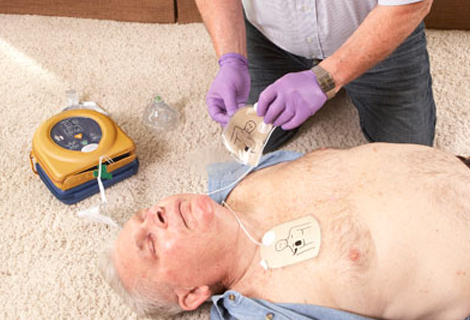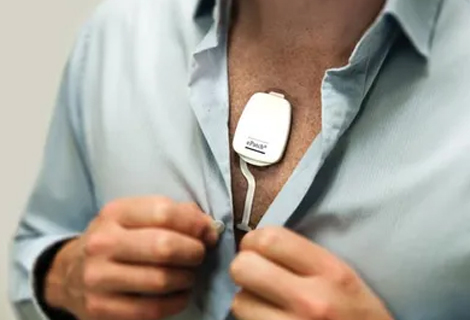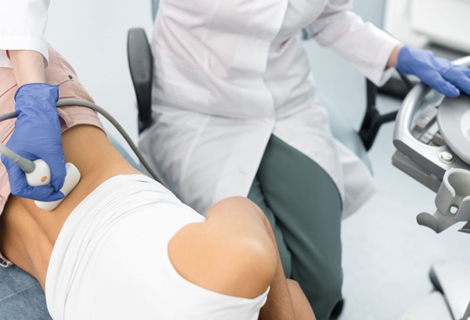External Defibrillator
What is an External Defibrillator?
An Automated External Defibrillator (AED), is a portable medical device used for emergency treatment of life-threatening arrhythmia. Using an AED in case of a sudden cardiac arrest, will help analyze the heart rhythm and restore it back to its normal state by delivering an electrical shock.
An external defibrillator is mainly used to treat ventricular fibrillation (fast and irregular heartbeat) and ventricular tachycardia (fatal rapid heartbeat). As an emergency life-saving device, it includes battery and electrode pads that detect and analyze the patient's heart rhythm and deliver electrical shocks.
Ventricular tachycardia or ventricular fibrillation can be fatal; hence it is essential to give emergency treatment as soon as possible and call 911. An AED is available in public places and is user-friendly. It can automatically analyze the heart rhythm and instructs the user to deliver a shock. (fully automated defibrillator delivers shock automatically)
Why is Defibrillation performed?
Dangerous arrhythmia will force the heart to weaken, which can be fatal. It blocks the blood and oxygen traveling to the brain and other vital organs. Sending electrical signals with external defibrillation will cause all the heart cells to contract simultaneously, restoring the normal heart rhythm.
CPR helps keep the blood flowing to the heart and brain, whereas defibrillation will help restore the heart rhythm. Performing defibrillation and CPR will increase the chance of re-establishing the normal heartbeat.
External defibrillation is used at the indication of a sudden cardiac arrest that can be ventricular fibrillation or ventricular tachycardia without a pulse. It may be due to:
-
Heart diseases like congestive heart failure, certain congenital heart defects, or even previous cardiac arrest
-
Drug overdose, toxicity, poisoning, or other adverse effects of drugs
-
Electrolyte imbalance
What are the risks of External Defibrillator?
Defibrillation is an emergency process that comes with some risks and complications. Some of the potential dangers of the live-saving procedure include:
-
Occurrence of other cardiac arrhythmias
-
Skin burns
-
Myocardial necrosis (death of heart muscle tissue)
It is inevitable to prevent risks during a life-threatening situation. The benefits of defibrillation surpass the risks; however, there are methods to reduce other risks:
-
Call 911 immediately if you have chest pain, racing heart, shortness of breath or dizziness, or other chest discomforts
-
Follow the instruction of the AED on when and how to give the electrical signal
-
Ensure the area around the patient is clear
How is External Defibrillation performed?
Any adult can perform external defibrillation by following the instructions on the device. If you come across someone having a cardiac arrest, use an AED to give emergency treatment. The instructions and steps may include:
-
Call 911
-
Check the patient's pulse
-
Turn on the AED, and it will give you a step-by-step guide on how to check the patient's breathing and pulse and how to place the electrode pads
-
The AED will analyze the patient's heart rhythm and determine if a shock is needed.
-
The device will also guide you through the CPR after the shock
-
Continue the process until help arrives to give advanced life support (ALS) treatment



